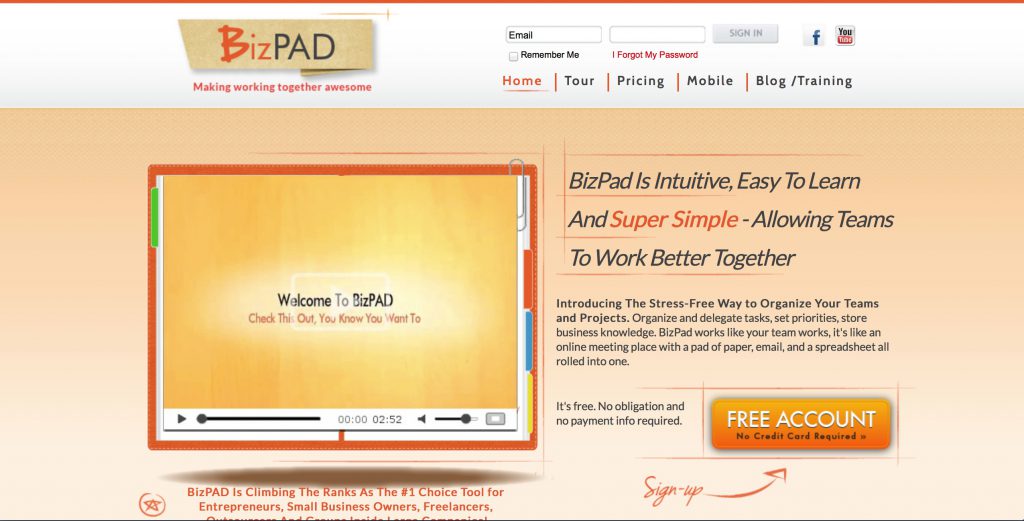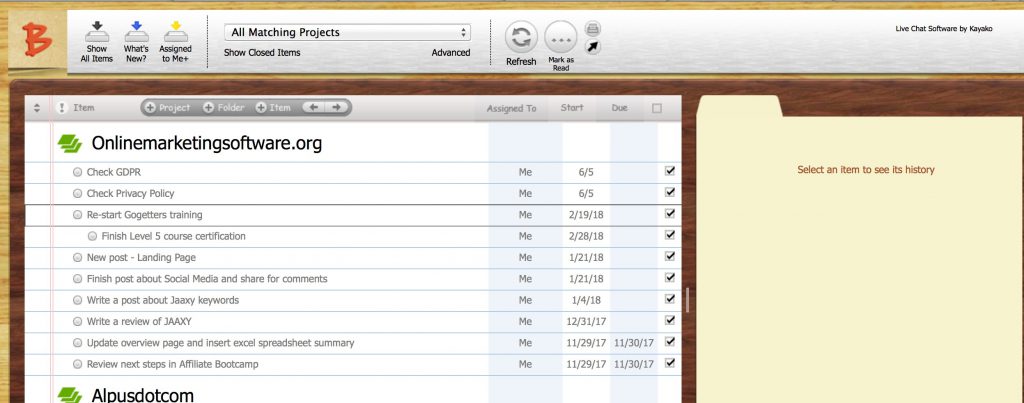Introduction
Only You are responsible for managing your time and the tasks done by you and your colleages (your staff and your consultants and contractors, and collaborators) so that you are the most effective for your business and in order that your business is successful. You can use any or all of the following Top 13 time management techniques in order to help you to prepare your own time management matrix which best suits your own specific workload and busy day by day schedule.

OMS has gathered some best time management techniques and tips to help you to organize yourself and your daily, weekly and monthly activities for the maximum benefit for your business, and so that you can achieve your business objectives. See also our post about OMS Review of Vision Strategy Formulation and Business Planning here.
Top 13 Time Management Techniques:

1. Customer Relationships And Interaction – This is probably the most important activity in the time management matrix which you or your colleagues will be involved in. You as the owner or leader of your business are the person most responsible for building and maintaining customer relationships. You therefore need to ensure that you are accessible and available to your customers at any time of day or night. Your staff and colleagues such as contractors also need to be briefed how they must prioritize customer inquiries and what to do if they can´t help, ie how to esclate the customer query so that the customer achieves a positive experience from interaction with you and your colleagues, ie the visible face of your company. You can easily lose valuable customers in this competitive age by not managing your customer relationships in a consistently helpful and friendly way.

2. Planning – Allow enough time in your day for planning your daily, weekly and monthly activities. We suggest a key time management technique is to allow half an hour at the end of each day to review your progress on today´s activities, and plan out your activities for the following day, and forthcoming appointments and deadlines for the weeks and months ahead. Some people choose to do this planning at the beginning of the day. Either way, you need to allow sufficient time for planning and organizing your activities.

3. Emails – We all have to deal with large numbers of emails. It is most efficient time management technique to deal with these in one session during the day and not be distracted constantly by emails which you feel obliged to respond to immediately. You need to prioritize answers to emails, and not all of them must have an immediate response. Some of them need to be considered, and therefore you should add them to your To Do List, and allocate some time to deal with them efficiently and concisely. To answer some emails you will need to gather information from other parties, so this may involve forwarding the email to others and seeking their answers with the required information within a certain timescale. You need to allow yourself time to gather the requisite information, and also review it, possibly quality or sense check it, maybe even revert to the author with queries, before being in a position to respond to the original email request. It is more efficient to plan your response like this, rather than respond immediately to a request for information, with inaccurate information, which will need multiple emails between different parties in order to resolve. Think about it!

4. Deadlines – Set yourself deadlines to complete your tasks and activities in the priority order in which they are needed. This may involve setting deadlines for others to give you information, or indeed information issue to people with whom you collaborate, see our later point about collaboration.
5. Objectives – Set yourself objectives which are realistic and necessary. If there is no need for you to do a particular task then it may be more efficient to delegate this to someone else, particularly if they are in a better position to access and manage the relevant information or data. The main point is that your own activity and those of your colleagues should be focused towards achieving the right Business Objectives.
6. Delegation – You probably can’t do everything yourself, so you need to decide which activities you will do yourself and which you will delegate to others. There should not be duplication of effort, as a general rule, and it is usually best if the person the best able to access and manage the information is the person who deals with it.
7. Pareto Principle – You will probably find that 80% of your success is as a result of 20% of your effort, so try to identify those activities and tasks which will result in the most effective output from your efforts, or indeed the efforts of those to whom you have delegated tasks.
8. Collaboration – Sometimes the most effective way to operate is in fact to collaborate with the relevant people so that your group effort produces the required output. There are many collaborative tools to help you organize such collaboration, especially Dropbox.

9. Meetings – Do you need them? Seriously, question which meetings are essential and which meetings are unnecessary. You also need to manage the necessary meetings by identifying outputs needed from each meeting, and agenda items to be covered during the most relevant meeting. You also need to question realistically how frequently you need to hold each meeting. It doesn’t necessarily follow that because such meetings have traditionally been held weekly, that you necessarily need them weekly. Be disciplined about time allocated to meetings and don’t let them drag on unnecessarily.
10. Distractions – There will be some items which you can manage, such as Social Media. Basically during your time allocated to working you should not be spending time on Social Media, unless your business demands this. It´s not my decision, you choose what is important to your business. Similarly, your staff may be wasting a lot of time on unnecessary Social Media interaction. You are responsible for managing this modern day phenomenon.

11. Interruptions – There will be other interruptions which are unscheduled, but which from experience of the way your business operates, you can be fairly sure will happen. You should be able to assess how much time to allow out of your working day.
12. Grouping of Similar Tasks – In your work schedule it will probably be most efficient to allocate time to groups of activities or tasks which are similar in nature. For example, it might be most efficient for you to find the normally the quietest time of the day to gather information in order to update your spreadsheets for future use.
13. Make Lists – This we think is the last but arguably the most important of the Top 13 Time Management Techniques, since you can adapt your list making to be as brief or as comprehensive as you want, depending upon the audience who reads the list.
Conclusion – Time Management Matrix
We hope these few tips from OMS help you to refocus and optimise your Time Management Techniques, and formulate a Time Management Matrix which suits your own busy schedule.
Here is an example of a working Time Management Matrix template, prepared in microsoft excel, which you can adopt to help you to manage your daily workload, and effectively carry out the necessary daily tasks.


We have also been using this task management software called BIZPAD, for about a year now and have found it very easy to use, and good for task setting and prioritising, without the heavy structure of a project management software. If you would like to try BIZPAD for yourself then, go here. BIZPAD is FREE TO TRY! Here is a typical user screen view, like a Time Management Matrix.

If you want more information on how to achieve Better Focus, Better Results, go here to our relevant review at Alpus Academy of Barbara Connell´s book on How To Manage Time And Tasks.